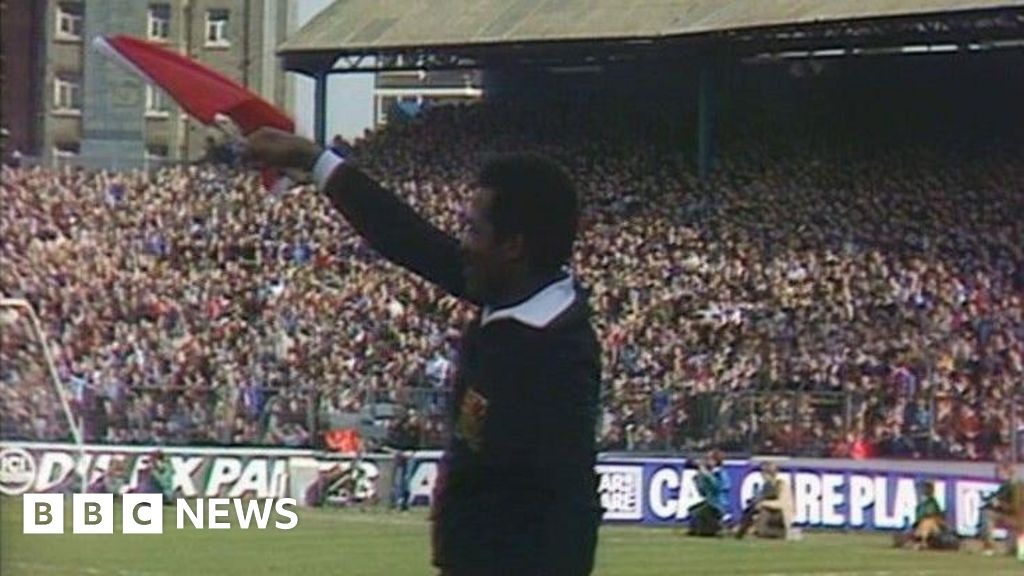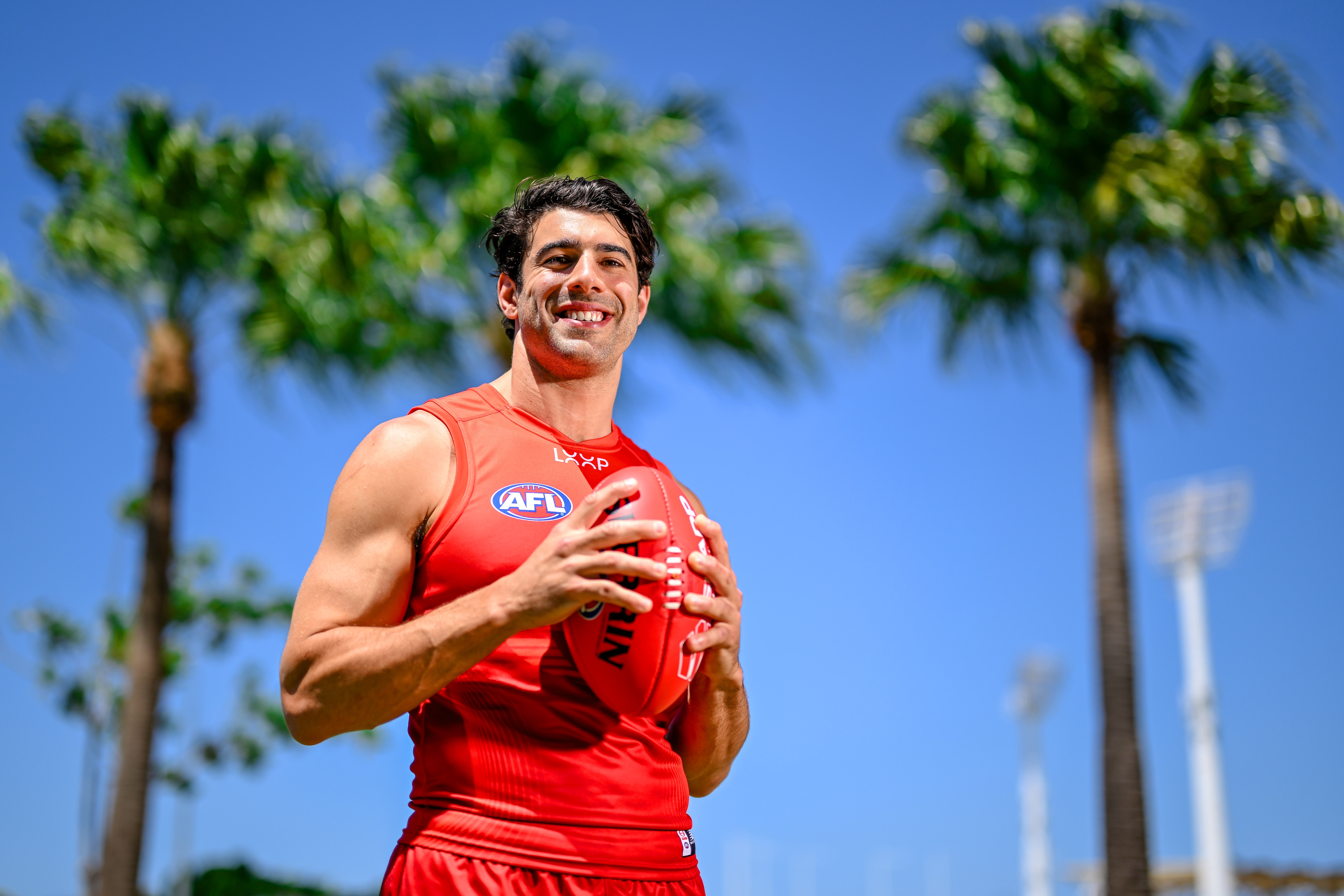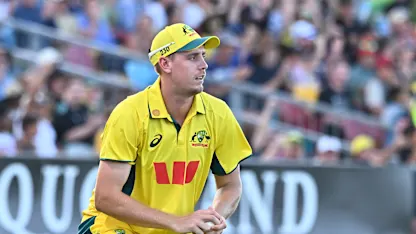My night at Grand Sumo Tournament as stars take over London

The first of five sell-out nights — Bob Dylan only managed three last year — was a resounding, reverberating triumph. If you constructed a Venn diagram, then the willing spectators found themselves in the sweet spot between ceremony, competition and top-notch top knots; eight specialist hairdressers known as tokoyama, each with four wooden combs and cords made from washi paper, have travelled. Perhaps one or two sceptical newcomers might have mocked the size of these athletes or the oddity of the pre-bout shiko, a series of bullish leg stomps designed to warn away evil spirits and test ankle ligaments, but most thrilled to the cultural curiosities.This is serious sport, too. The highest rank in professional sumo wrestling is yokozuna, and since 1649 only 75 men have reached it. Last night the two modern-day ones, a Mongolian Chelsea fan called Hoshoryu Tomokatsu, and a Japanese Harry Potter aficionado named Onosato Daiki, were the star turns. They won. Obviously.Everyone fights every night with a winner declared on Sunday, by which time the wrestlers will have got through 350 kilos of rice. “The wholesaler ran out of noodles the other day,” lamented Donagh Collins, the chief executive of Askonas Holt, the classical music specialists co-presenting the event.The logistics have tested the organisers’ sanity, with beds at the Royal Garden Hotel reinforced and toilet seats strengthened. And with paying punters sitting cross-legged on ringside mats below the clay dohyo (ring), insurance has been another factor. Beforehand, Matthew Todd, the Hall’s director of programming, lamented: “I will be nervous — but I won’t be getting in the way.” A disclaimer was published on the website: “We advise that ringside cushions may not be suitable for those with mobility issues and customers accept that any use of these seats is entirely at their own risk.”Nobody was squashed this time, and for some it was emotional. The woman next to me had been there in 1991 and showed me the vintage ticket on her phone. The Wolf, a muscular matinee idol rather than blubbery giant, was her favourite back then.Also here is Martin Campbell-White, the man who originally convinced the Japan Sumo Association (JSA) to come to London. He explained: “We took the London Symphony Orchestra to Japan in 1983, and I went to the sumo with Claudia, the conductor. I said, ‘Bloody hell, this is amazing, how can we get it to England?’ but my boss at the time wasn’t very interested in that sort of thing. Eventually, we managed it under the umbrella of a Japan festival.”He says it was still hard to convince the Japanese top brass, who were unimpressed by Wembley Arena where Luther Vandross was playing. He has been trying to get it back ever since. “I once went to see them in their offices in Tokyo and they said, ‘Mr Campbell-White, last week we had to turn down [former French] president [Jacques] Chirac’. And he was a mad sumo fan.”The Royal prefix was a big lure and evidently still is. Hoshoryu, the yokozuna whose status reflects how Mongolia has appropriated sumo dominance from Japan in recent decades, has been to Horse Guards Parade. “I was excited to see the guards but had seen a video of a horse biting people so was a bit afraid of the horse,” he had told me the previous day while wearing a resplendent kimono.Hakkaku Rijicho, who won the tournament in 1991, has returned as the chairman of the Japan Sumo Association. It has not been an easy role in recent times. Sumo is rooted in shinto, the ancient belief system that regards nature as sacred, and can be traced back to 23 BC. Trying to sell its arcane aesthetics to Tokyo’s Tik Tok generation has been a struggle.“The number [of people wanting to be sumo wrestlers] is actually decreasing,” Hakkuka says. “At one point there were about 1,000 people registered in Japan, but now we have about 600. It’s also because we have less children in Japan now.” To underline the problem, only 34 people applied to become wrestlers last year.If anyone doubts the sporting legitimacy of sumo, somehow equating it with the old UK wrestling shtick of Kendo Nagasaki, who feigned Japanese mystery via the myth that a finger had been removed in an eastern initiation ceremony — he actually lost it working for a horse box manufacturer in Crewe — the whiff of scandal brings it in line with other, less sacred, sports.In the 1990s it was wrestlers having silicone implants in their crowns so they could reach the minimum height requirement. In one infamous case, the teenager, Takeji Harada, grew six inches. “There is no height requirement now,” Hakkuka says. “Now we have less children, so we have to open the doors.”Perhaps most damaging was the closure of the Hakuho stable last year. Hakuho is widely regarded as one of the all-time greats, but he left the JSA under a cloud after allegations that one of his underlings had beaten the backs and testicles of young wrestlers. If sumo lost its ethics, then some critics wondered what it had left for a modern age.It is not the money. The six divisions making up the top flight command an annual salary of between £90,000 and £200,000, and the rules governing behaviour are strict and long. Add a documented risk of diabetes and a life expectancy reduced by some 16 years, and the deterrents are manifold.Perhaps Onosato, the first Japanese wrestler to reach yokozuna status for seven years, can be the saviour. Meeting him in person, there is an air of mischief on his boyish, handsome face. Nobody in authority publicly says it is great there is a 190-kilo Japanese star, but with Ukrainian, Chinese and Russian wrestlers in the tournament, it is clear the 25-year-old is carrying a weight of national expectation on capable shoulders.Opening night is slickly produced. Italian football expert James Richardson co-presents with Hiro Morita, the play-by-play commentator whose words are fed into radios for sale in the foyer. After almost an hour of well-received ceremony, the first rishiki enter the dohyo, each wearing the loin cloth that would be ten metres long if it all unravelled.Kotoeiho Hiroki wins via “a double-sided grip” and carries his opponent out of the ring. Some are thrown to the floor, the other way of winning. There are no weight divisions and each bout is over in seconds. On the commentary Morita says one wrestler “is a big fan of darts” and explains Churanoumi’s name means “beautiful ocean”.









